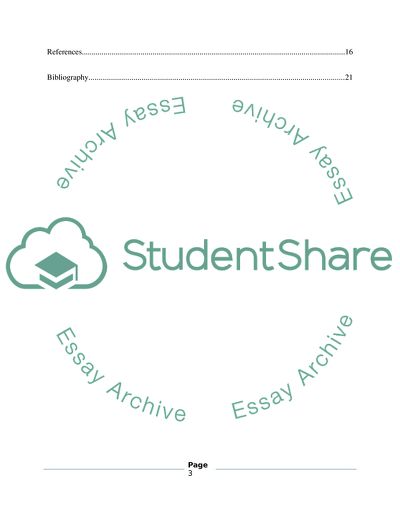Cite this document
(Buyer Behaviour Assignment Example | Topics and Well Written Essays - 2000 words - 1, n.d.)
Buyer Behaviour Assignment Example | Topics and Well Written Essays - 2000 words - 1. Retrieved from https://studentshare.org/marketing/1751974-bm3604-buyer-behaviour
Buyer Behaviour Assignment Example | Topics and Well Written Essays - 2000 words - 1. Retrieved from https://studentshare.org/marketing/1751974-bm3604-buyer-behaviour
(Buyer Behaviour Assignment Example | Topics and Well Written Essays - 2000 Words - 1)
Buyer Behaviour Assignment Example | Topics and Well Written Essays - 2000 Words - 1. https://studentshare.org/marketing/1751974-bm3604-buyer-behaviour.
Buyer Behaviour Assignment Example | Topics and Well Written Essays - 2000 Words - 1. https://studentshare.org/marketing/1751974-bm3604-buyer-behaviour.
“Buyer Behaviour Assignment Example | Topics and Well Written Essays - 2000 Words - 1”. https://studentshare.org/marketing/1751974-bm3604-buyer-behaviour.


